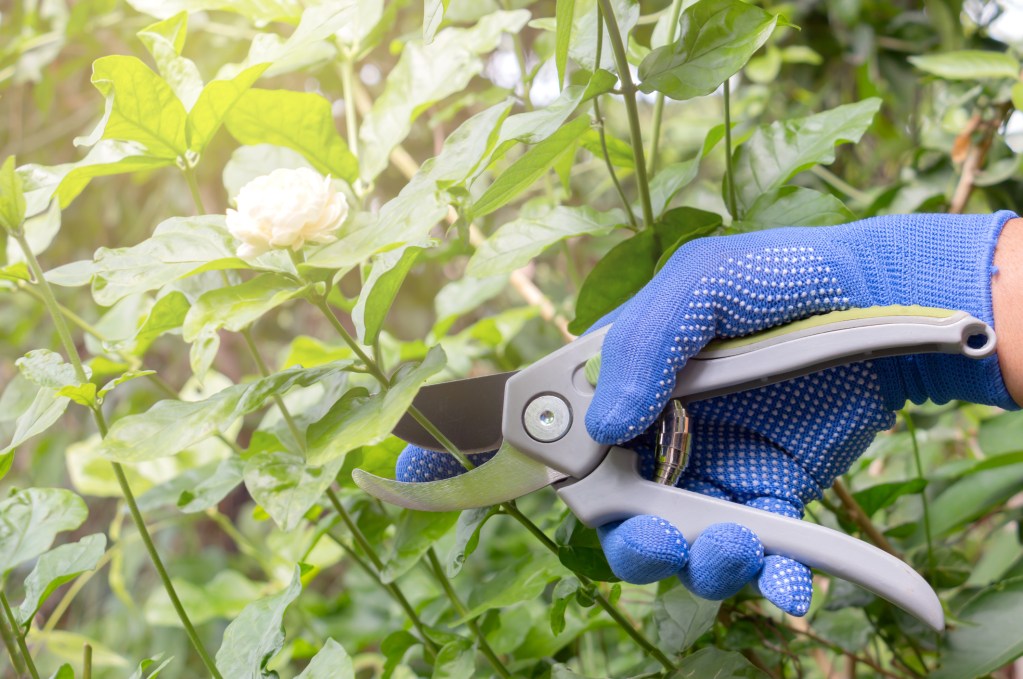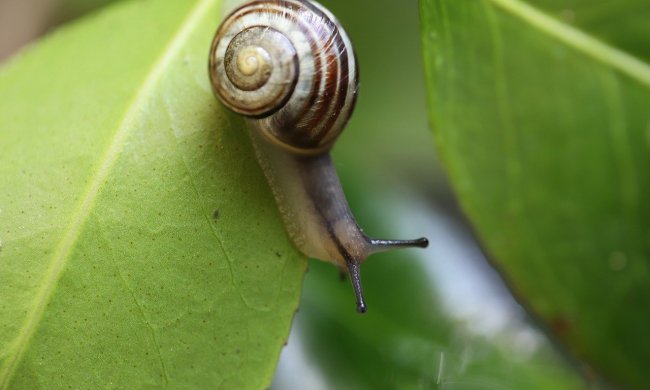What you need to do to keep a tree or shrub healthy can depend a lot on the type of tree or shrub, but something that is almost always the same is pruning. While there are a few small variations from plant to plant, the basics of pruning are mostly the same no matter what you’re growing. If you’re a beginner, you might have a few questions. What is pruning? How often should you do it, and in what season? Don’t worry, we’ll answer these questions and more in this guide to the basics of pruning.
What is pruning?

Pruning is the process of removing certain branches from a plant. Cutting your plant might sound intimidating, but pruning is actually important for maintaining the health of your trees and shrubs. The primary branches that are removed are those that are dead, dying, damaged, diseased, or at risk of becoming damaged. Branches at high risk are usually those that are growing too close to another branch or a structure of some kind. If the branches rub against each other too much in the wind, the friction can damage the bark. This leaves them vulnerable to pests and fungal infections.
Removing the branches that are already sick or damaged, or that are at risk of becoming damaged, allows your trees and shrubs to focus on putting out new, healthy growth. It also opens up space for air to flow through the branches, which greatly reduces the risk of fungal infections and makes problems easier to spot. Pruning also serves an aesthetic purpose, as it allows gardeners to control the size and shape of the plants.
What tools do you need?

Depending on the size and type of plant you’re pruning, you have a few different options. Pruning shears are the standard for most plants, and they come in a range of sizes. There are two types of pruning shears: bypass and anvil. Of the two, bypass shears are preferred for regular pruning, but anvil shears are better for removing large branches that are already dead or close to it. Bypass shears have two sharp blades, giving a cleaner cut that is less stressful for the tree. Anvil shears have one sharp blade and one flat blade, which is more powerful but tends to crush instead of cut.
For smaller plants, you may be able to use scissors, a knife, or your hands to remove the branches. For the largest branches or tallest trees, you may need saws and special equipment to safely remove the branches. Calling in the professionals is helpful if you don’t have experience or the necessary gear.
How and when to prune your plants

Plants are usually pruned in late winter or early spring, before they wake up from dormancy to grow new leaves. However, some flowering plants are better pruned in fall, after they finish blooming. It’s a good idea to look up the best time to prune your specific plants to be on the safe side.
Start at the base of your plant and slowly move up and out. If you’re having trouble sorting out one branch from another, set the shears to the side and just follow one branch at a time, marking ones that need to be removed as you find them. A colorful ribbon or bit of paint is useful for this. Focus on branches that are dead or heavily damaged first, then look for branches that are diseased or infested, as these will be harder to spot. Look for high-risk branches after your first round of pruning, since the plant will be more open and have fewer branches that can cause problems for each other.
When you begin cutting, try to sever the branch in one smooth cut. This can be challenging, but it’s better for your plants in the long run if you can manage it. Cut the branch slightly out from the trunk or larger branch it is coming out of. This is to avoid scraping or cutting the other branch or trunk by accident. Try to avoid taking more than one-third of the plant at a time, especially with smaller plants, as this causes stress.
What happens if you don’t prune your plants?

If you’ve had trees or shrubs that have gone unpruned for a while and are concerned about their health, don’t panic! After all, natural forests don’t have gardeners to prune them. Most plants are equipped to survive without pruning. Nature has its own way of handling weak, diseased, and dead branches. These branches are more likely to break off during storms, which is fine for forests but can cause problems in your yard or garden, especially for larger trees.
Pruning clears these branches out before they have a chance to fall onto your car. There is also the risk of an infection or infestation spreading from one branch into the rest of the tree, but this is usually easier to spot than a branch that’s about to fall. Keeping an eye out for leaves that are misshapen or are changing color and dropping out of season.
Pruning your tree might sound intimidating, but it really doesn’t have to be. If you take it slow and go step by step then you can successfully prune your plants. Pruning offers plenty of benefits, but don’t panic if you aren’t able to do it one year — your plants will survive!




